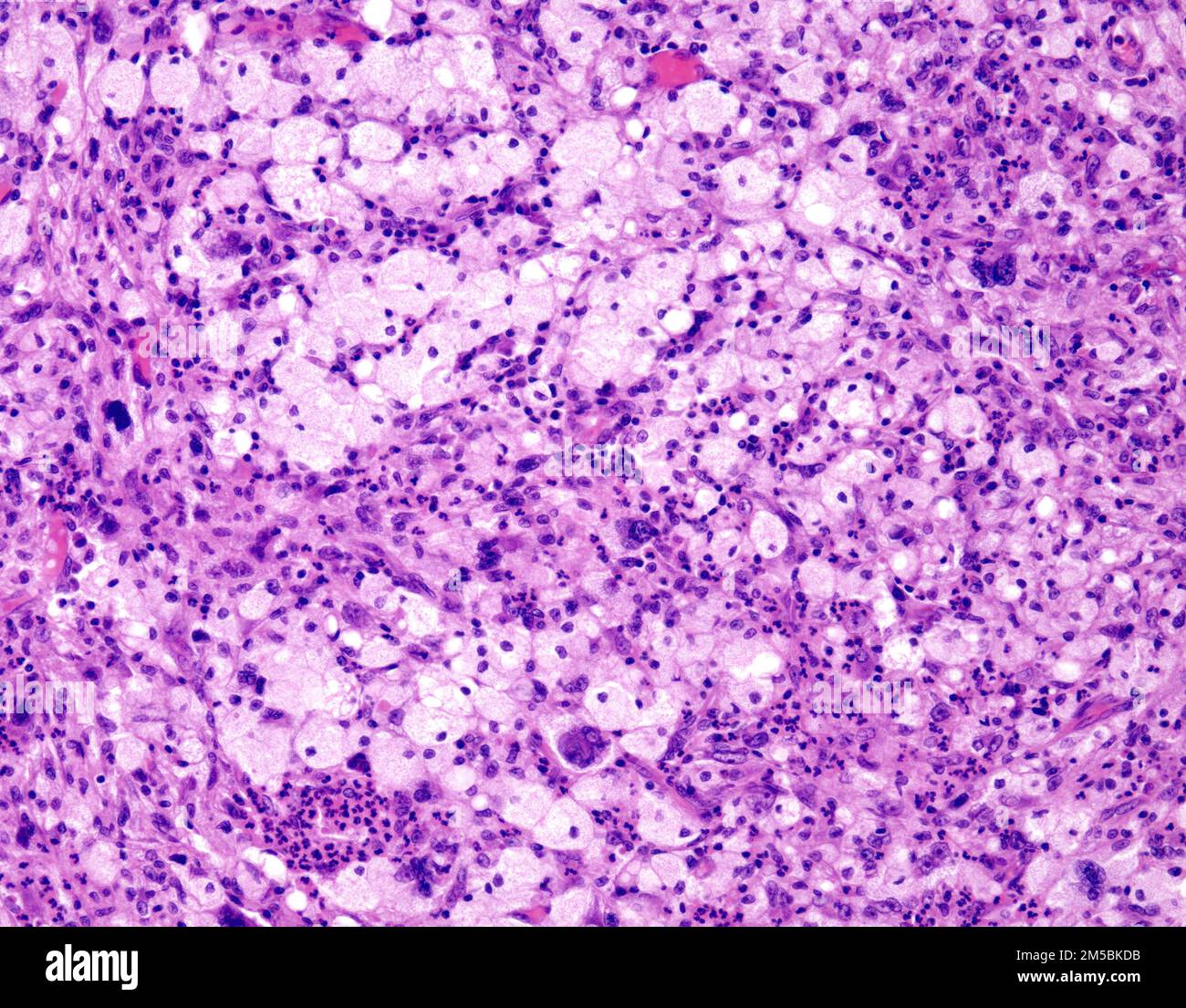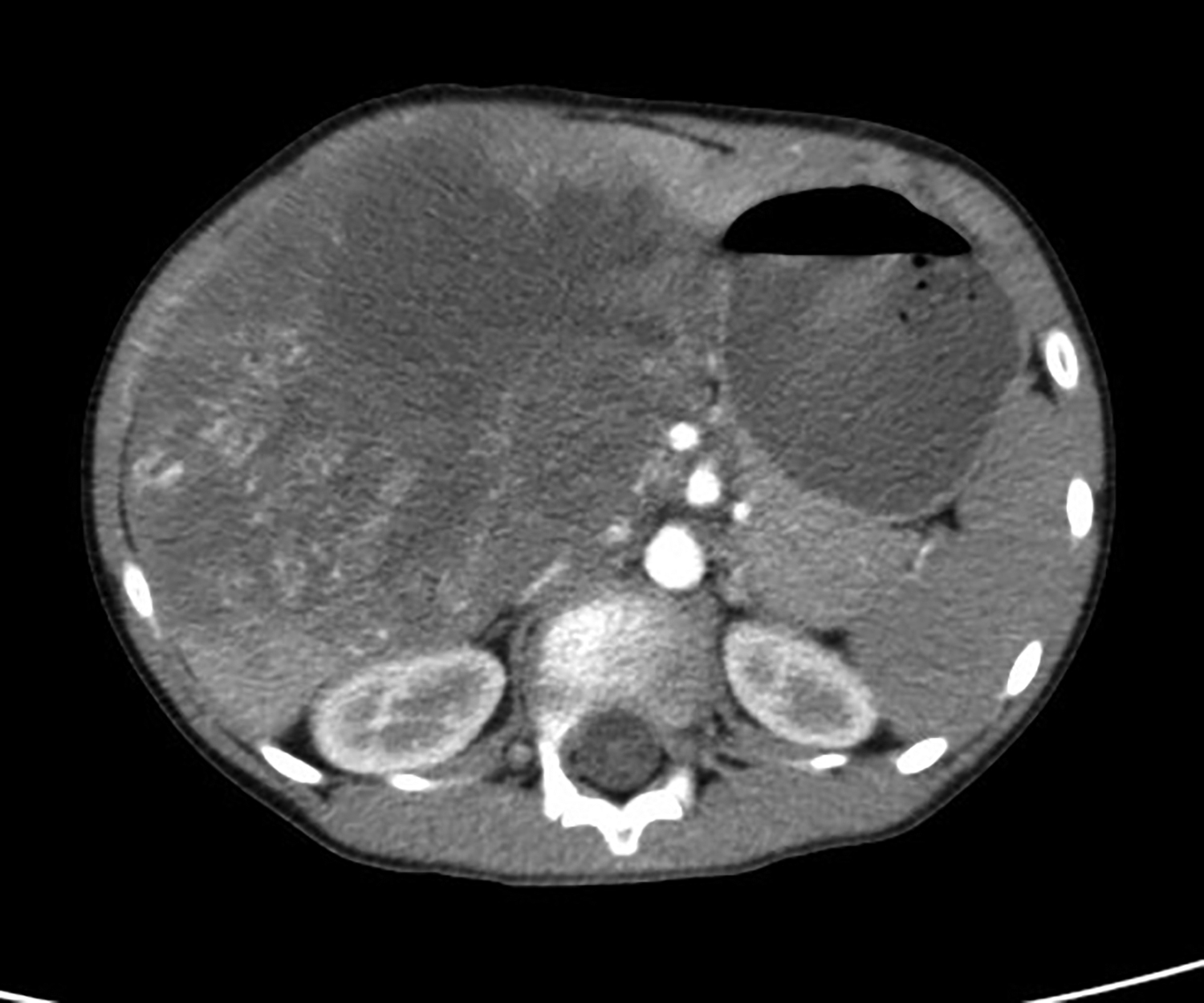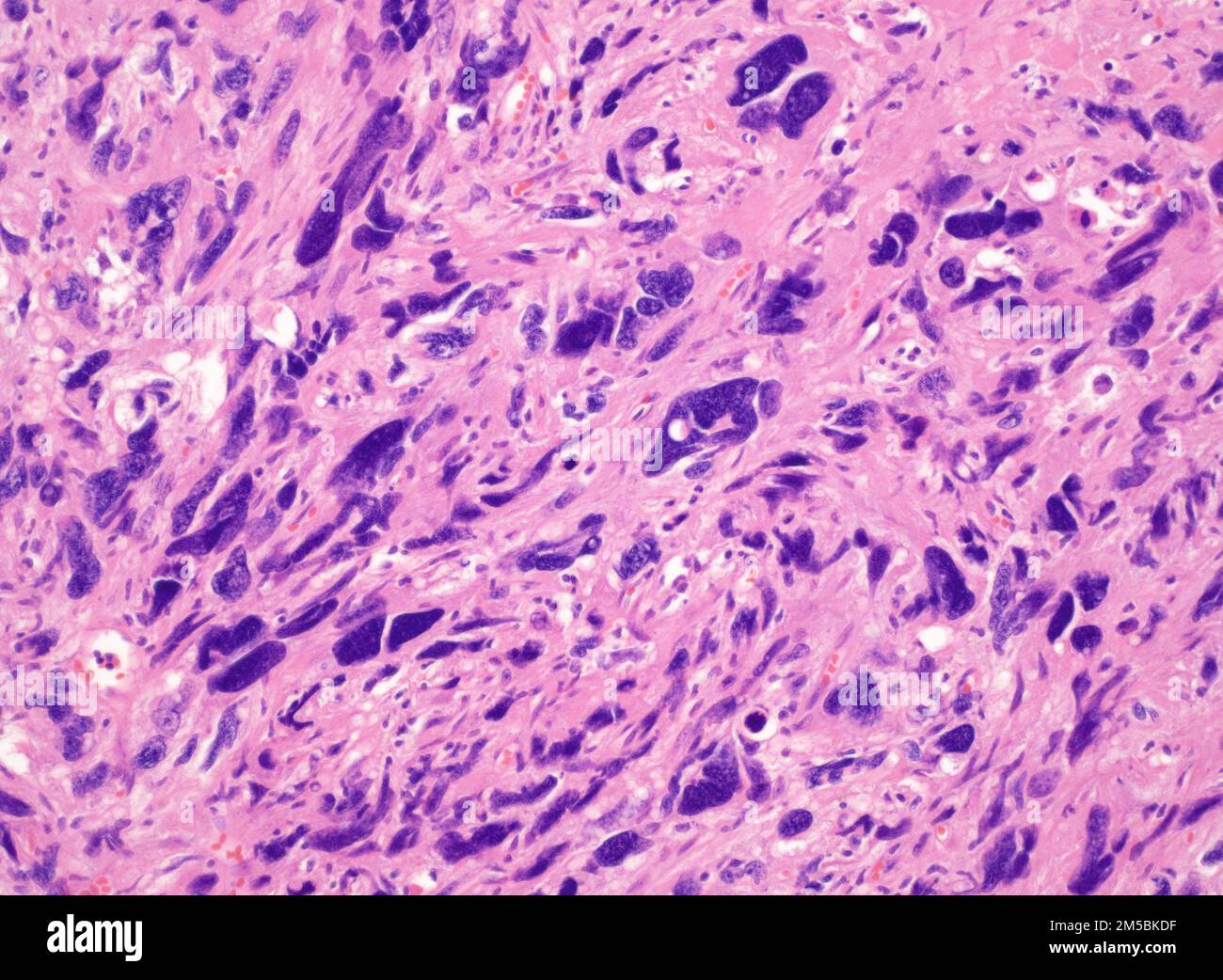Rare Liver Cancer Case: The Elusive Undifferentiated Pleomorphic Sarcoma
Liver cancer is a complex and multifaceted disease, with various subtypes and etiologies that continue to baffle medical professionals. Among the numerous liver cancer cases, one rare and enigmatic form has garnered significant attention from medical researchers and clinicians alike: the Undifferentiated Pleomorphic Sarcoma (UPS). In this article, we will delve into the characteristics, symptoms, diagnosis, and treatment options of UPS, shedding light on this elusive and rare liver cancer.
Undifferentiated Pleomorphic Sarcoma is a rare type of liver cancer that accounts for approximately 2-5% of all liver cancer cases. Despite its rarity, UPS can be a devastating disease, often presenting with nonspecific symptoms that can lead to delayed diagnosis. The prognosis for UPS is generally poor, with a 5-year survival rate ranging from 10-30%. However, advances in diagnostic techniques and therapeutic strategies have improved the overall outcome for patients with UPS.
Etiology and Risk Factors
The etiology of UPS is not fully understood, but it is believed to be related to genetic mutations and aberrant cellular growth. Certain risk factors, such as age, sex, and underlying liver disease, can increase the likelihood of developing UPS. Some studies suggest that exposure to aflatoxins, a group of toxic substances produced by certain molds, may also contribute to the development of UPS.
- Aflatoxins are common contaminants in food products, particularly in developing countries.
- Chronic infection with hepatitis B and C viruses is also a known risk factor for UPS.
- Genetic predisposition, such as mutations in the TP53 gene, may also play a role in the development of UPS.
Clinical Presentation
The clinical presentation of UPS can be nonspecific, making it challenging to diagnose. Common symptoms include:
- Abdominal pain and discomfort
- Weight loss and loss of appetite
- Jaundice and dark urine
- Fatigue and weakness
In some cases, UPS may present with more specific symptoms, such as:
- Hemorrhage or bleeding due to tumor rupture
- Infestation by metastatic cancer cells
- Adhesions and bowel obstruction
Diagnostic Approach
Diagnosing UPS can be a challenging task, requiring a multidisciplinary approach. The following diagnostic steps are typically involved:
- Imaging studies, such as CT or MRI scans, to visualize the tumor
- Histopathological examination of tumor tissue to confirm the diagnosis
- Immunohistochemistry and molecular genetic analysis to determine the tumor's origin and type
- Endoscopic ultrasonography and fine-needle aspiration to collect tissue samples
Histopathological Characteristics
UPS is characterized by its histopathological features, which include:
- Undifferentiated or pleomorphic cells with a variety of morphologies
- Absence of myofibroblasts and other sarcomatoid elements
- Tumor necrosis and inflammatory cell infiltration
- Immunohistochemical profile showing positive staining for vimentin and desmin, and negative staining for actin and muscle-specific markers
Treatment Options
Treatment options for UPS are limited and often palliative, with the primary goal of controlling symptoms and improving quality of life. The following treatment approaches are typically employed:
- Surgical resection, which is often not feasible due to the tumor's location and size
- Chemotherapy, which may be used to control tumor growth and alleviate symptoms
- Radiation therapy, which can be used to relieve pain and reduce tumor size
- Supportive care, such as nutrition and hydration, to manage symptoms and prevent complications
Surgical Considerations
Surgical resection is often the most effective treatment option for UPS, but it is not without risks and challenges. The following considerations are important:
- Tumor location and size: UPS tumors are often located in the posterior sector of the liver, making surgical resection challenging.
- Tumor stage: The stage of the tumor at diagnosis can significantly impact the likelihood of successful resection.
- Liver function: Patients with pre-existing liver disease may be at increased risk for surgical complications.
Adjuvant Therapy
Adjuvant therapy, such as chemotherapy and radiation therapy, may be used to improve outcomes for patients with UPS. The following considerations are important:
- Chemotherapy: The most commonly used adjuvant therapy for UPS is chemotherapy, which may be used to control tumor growth and alleviate symptoms.
- Radiation therapy: Radiation therapy can be used to relieve pain and reduce tumor size, but it may not significantly impact overall survival.
Prognosis and Survival
The prognosis for UPS is generally poor, with a 5-year survival rate ranging from 10-30%. The following factors can impact survival:
- Tumor stage: The stage of the tumor at diagnosis can significantly impact survival.
- Tumor size: Tumors that are larger in size may have a worse prognosis.
- Liver function: Patients with pre-existing liver disease may be at increased risk for surgical complications and poor survival.
Supportive Care
Supportive care is essential for managing symptoms and preventing complications in patients with UPS. The following considerations are important:
- Nutrition and hydration: Adequate nutrition and hydration are critical for maintaining quality of life.
- Pain management: Pain can be a significant symptom in patients with UPS, and management strategies should be individualized.
- Infection control: Patients with UPS are at increased risk for infection, and infection control measures should be implemented to prevent complications.
In conclusion, Undifferentiated Pleomorphic Sarcoma is a rare and elusive liver cancer that presents with nonspecific symptoms and a poor prognosis. While the diagnosis and treatment of UPS can be challenging, advances in diagnostic techniques and therapeutic strategies have improved outcomes for patients.
Hisashi Real Pos
The Owners Kpkuang
Karlan Connieenio
Article Recommendations
- Sophie Rain
- Billieilish Y
- Melissa Ann Piavis
- Markavis Girlfriend
- Sophie Rainpider Man
- Arielle Kebbel Husband
- Dakota Tyler
- Camilla Araujod
- Abby Berner
- Who Is The Rock Twin Brother



